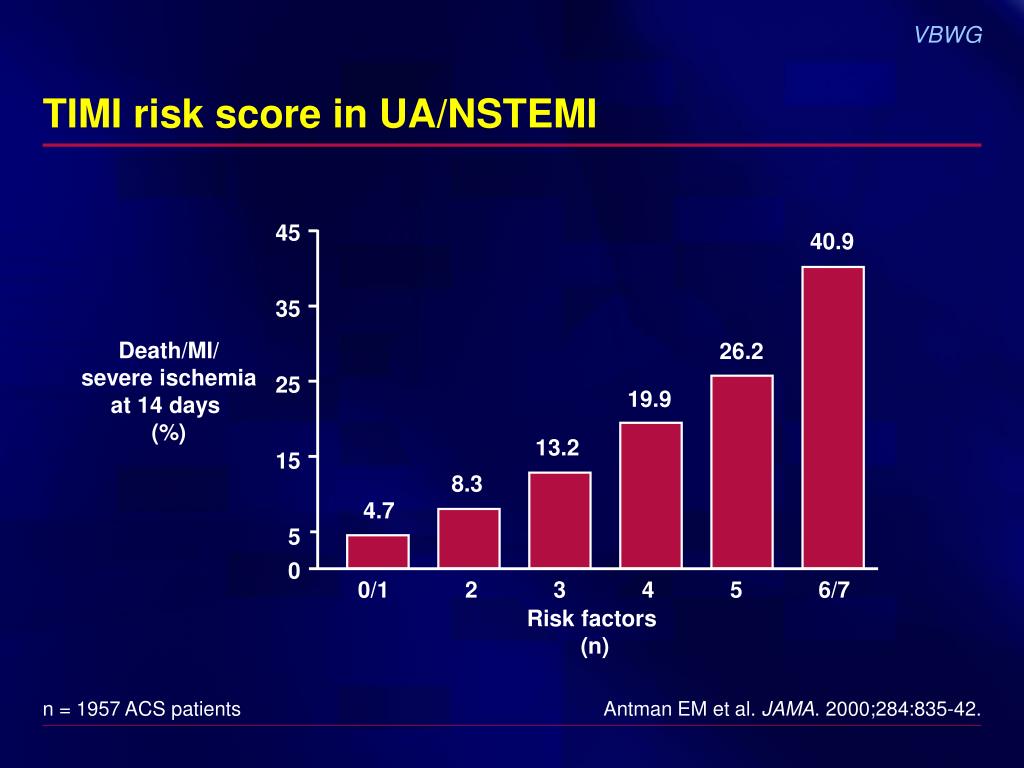
In Taiwan, acute coronary syndrome (ACS) patients with diabetes had significantly worse outcomes than those without DM, including all-cause death and combined results for death, re-infarction, and stroke. The funders had no role in study design, data collection and analysis, decision to publish, or preparation of the manuscript.Ĭompeting interests: The authors have declared that no competing interests exist.ĭiabetes mellitus (DM) is associated with poor outcomes in patients with coronary artery disease (CAD). This is an open access article distributed under the terms of the Creative Commons Attribution License, which permits unrestricted use, distribution, and reproduction in any medium, provided the original author and source are credited.ĭata Availability: All relevant data are within the manuscript and its Supporting Information files.įunding: The research was funded by the Taiwan Society of Cardiology ( and Taipei Medical University Wan-Fang Hospital ( ) (105swf06) in the collection of data done by JSY. Received: Accepted: FebruPublished: February 13, 2020Ĭopyright: © 2020 Kao et al. PLoS ONE 15(2):Įditor: Yoshiaki Taniyama, Osaka University Graduate School of Medicine, JAPAN (2020) Comparison of the TIMI, GRACE, PAMI and CADILLAC risk scores for prediction of long-term cardiovascular outcomes in Taiwanese diabetic patients with ST-segment elevation myocardial infarction: From the registry of the Taiwan Society of Cardiology. It also had the best predictive value for in-hospital bleeding and acute renal failure.Ĭitation: Kao Y-T, Hsieh Y-C, Hsu C-Y, Huang C-Y, Hsieh M-H, Lin Y-K, et al. In conclusion, the CADILLAC risk score is more effective than other risk scores in predicting 6-month, 1-year, and 2-year all-cause mortality in diabetic patients with STEMI. The CADILLAC score had the best discriminative accuracy, with an AUC of 0.8207 (p8 had poorer 2-year survival than those with lower scores (log-rank p<0.0001). In the 455 patients included, all four risk score systems demonstrated predictive accuracy for 6-, 12- and 24-month mortality with AUC values of 0.67–0.82. The discriminative potential of risk scores was analyzed using the area under the receiver-operating characteristics curve (AUC). The TIMI, GRACE, PAMI, and CADILLAC risk scores were calculated. From the Acute Coronary Syndrome-Diabetes Mellitus Registry of the Taiwan Society of Cardiology, patients with STEMI were included. This study aimed to compare the performance of The Thrombolysis In Myocardial Infarction (TIMI), Global Registry of Acute Coronary Events (GRACE), Primary Angioplasty in Myocardial Infarction (PAMI), and Controlled Abciximab and Device Investigation to Lower Late Angioplasty Complications (CADILLAC) risk scores in predicting long-term cardiovascular outcomes in diabetic patients with ST-segment elevation myocardial infarction (STEMI). The HEART score has better discrimination than TIMI and outperforms TIMI within previously published "low-risk" categories.Acute coronary syndrome (ACS) patients with diabetes have significantly worse cardiovascular outcomes than those without diabetes. Receiver operating curve and reclassification analyses favored HEART over TIMI (c statistic: 0.678, 95% CI: 0.655-0.702). The study cohort included 8255 patients with 508 (6.2%) 30-day major adverse cardiovascular events. We describe test characteristics of the TIMI and HEART risk scores. The primary outcome was 30-day major adverse cardiovascular events, including all-cause death, acute myocardial infarction, and urgent revascularization. We excluded patients with an emergency department diagnosis consistent with ACS, or without sufficient data to calculate TIMI and HEART scores. We analyzed data from the Internet Tracking Registry of Acute Coronary Syndromes (i*trACS) from 9 EDs on patients with suspected ACS, 1999-2001. We tested the null hypothesis that the TIMI and HEART risk scores have equivalent test characteristics.

The Thrombolysis in Myocardial Infarction (TIMI) and HEART are two commonly cited risk scores. Risk scores may help standardize clinical care and screening for research studies. The emergency department evaluation for suspected acute coronary syndrome (ACS) is common, costly, and challenging.


 0 kommentar(er)
0 kommentar(er)
